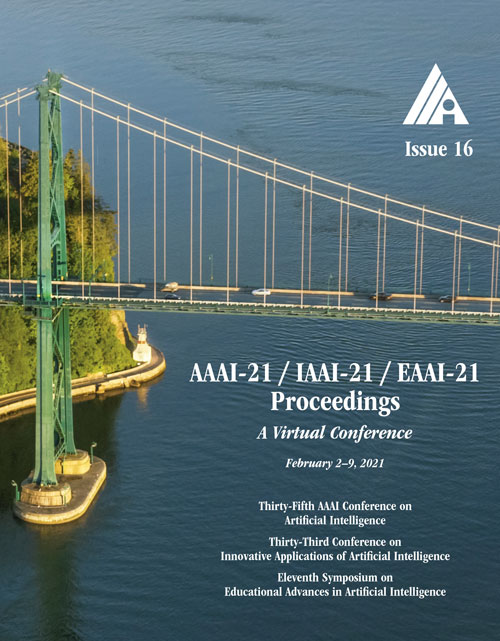Learning to Check Contract Inconsistencies
DOI:
https://doi.org/10.1609/aaai.v35i16.17698Keywords:
ApplicationsAbstract
Contract consistency is important in ensuring the legal validity of the contract. In many scenarios, a contract is written by filling the blanks in a precompiled form. Due to carelessness, two blanks that should be filled with the same (or different) content may be incorrectly filled with different (or same) content. This will result in the issue of contract inconsistencies, which may severely impair the legal validity of the contract. Traditional methods to address this issue mainly rely on manual contract review, which is labor-intensive and costly. In this work, we formulate a novel Contract Inconsistency Checking (CIC) problem, and design an end-to-end framework, called Pair-wise Blank Resolution (PBR), to solve the CIC problem with high accuracy. Our PBR model contains a novel BlankCoder to address the challenge of modeling meaningless blanks. BlankCoder adopts a two-stage attention mechanism that adequately associates a meaningless blank with its relevant descriptions while avoiding the incorporation of irrelevant context words. Experiments conducted on real-world datasets show the promising performance of our method with a balanced accuracy of 94.05% and an F1 score of 90.90% in the CIC problem.Downloads
Published
2021-05-18
How to Cite
Zhang, S., Zhao, J., Wang, P., Xu, N., Yang, Y., Liu, Y., Huang, Y., & Feng, J. (2021). Learning to Check Contract Inconsistencies. Proceedings of the AAAI Conference on Artificial Intelligence, 35(16), 14446-14453. https://doi.org/10.1609/aaai.v35i16.17698
Issue
Section
AAAI Technical Track on Speech and Natural Language Processing III

